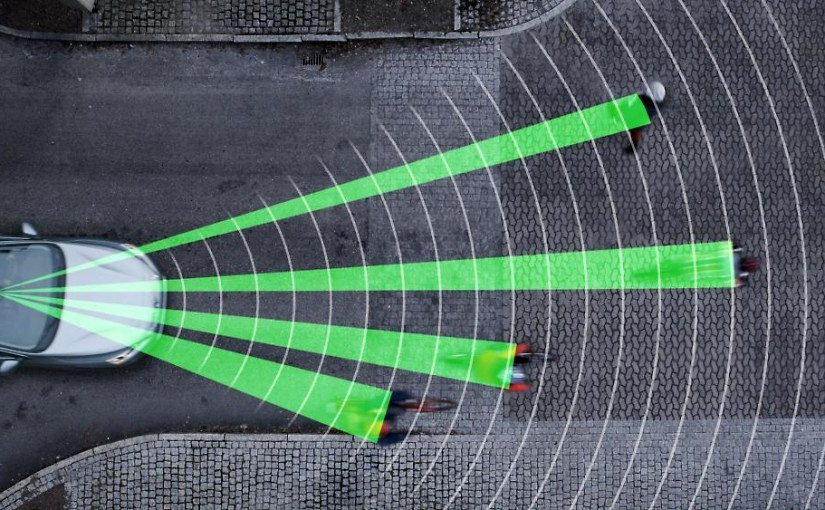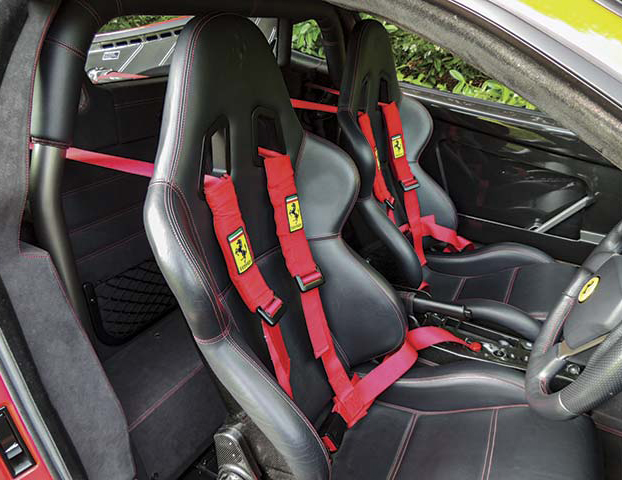Desirable Cars That Features Seriously Ambitious Safety Tech
Car manufacturers don’t like people dying or getting injured while driving their vehicles. It’s bad publicity and an obvious strategic issue for the industry. Today, a health and safety culture means that everyone must survive. We can’t have risks in our lives.
Fortunately, the advances in-car technology over the last five years have been considerable – nothing short of spectacular, in fact.
What’s more amazing is that many of the state-of-the-art technologies a decade ago are now a footnote. Nobody talks about electronic stability control because all cars have it as standard. It’s just not interesting anymore.
So, with that said, here are some of the incredible safety features that you could find as standard on your new vehicle.
Automatic Cyclist Detection

Relentless and creative car accident attorneys don’t just represent drivers. They also offer their services to other road users too, including cyclists.
That’s why many brands are now including cyclist detection equipment on their vehicles. The idea is simple in principle: the car keeps a watch for cyclists in the environment and then prevents you from taking an action that could knock them off.
Suppose, for instance, there’s a cyclist coming up on your nearside before a right turn. If you don’t check your mirrors (and why would you when making a right turn?) then you could knock into the cyclist. However, this new technology automatically applies the brakes if it believes that a collision is imminent – clever stuff.
Adaptive Headlights

Adaptive headlights are an exciting technology awaiting regulatory approval in the US. However, the rest of the world allows them – and they provide a host of safety benefits.
One is the fact that you don’t have to continually switch between dipped and full beam. The car just does it automatically.
The computer technology for these systems is actually quite complicated. Systems have to be able to distinguish between street lights and oncoming traffic. And they have to be able to recognize the difference between a motorbike and a car – and that’s not always easy.
Knee And Seat Airbags

Since the 1990s, carmakers have been including airbags in their vehicles. However, it is only recently that science has managed to fully understand what happens to human physiology during impact. For optimal impact cushioning, vehicles need more than just front and side airbags. They also need airbags around in the knees and in the seats as well to provide maximum protection.
Today, there are several vehicles that already feature this level of protection, including the Chevrolet Traverse and the Mercedes S-Class.
Predictive Seatbelts

Most cars feature sensors that activate seat belt cinching when you brake suddenly. You may have noticed this while driving. If you conduct an emergency stop, the seat belt tightens, keeping you secure.
Carmakers, however, are now looking to make this system more advanced. Volvo, for instance, now uses special sensors that can detect if wheels are off the floor (for instance, if you’re flying into a ditch). It then tightens the seatbelts in anticipation of an accident, even if no braking occurs.


